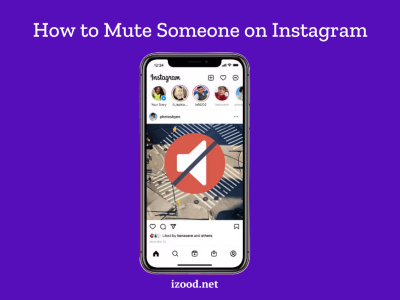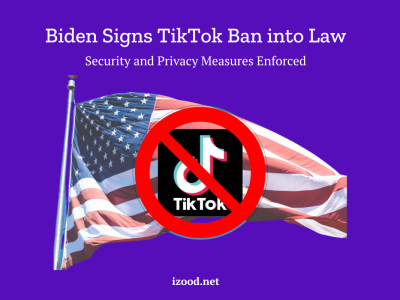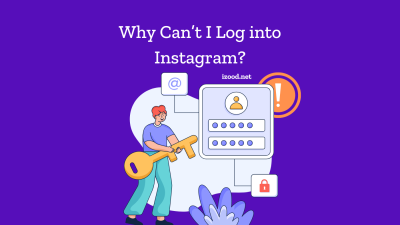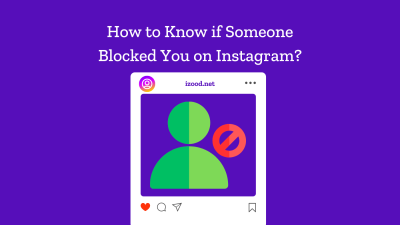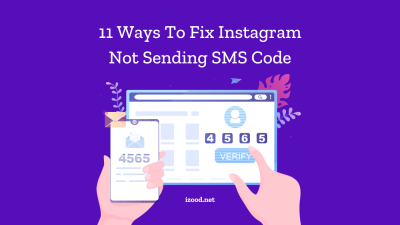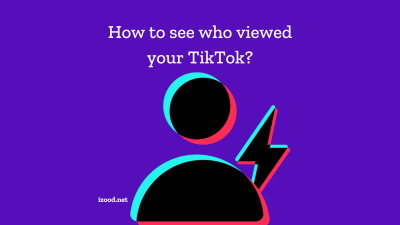We never really think of someone tracking our content for malicious purposes when we post pictures, tag friends, and share our stories online.
But maybe we should?
The reality of the internet is that some people may use your fun posts to monitor your every move. They can do it to steal your online identity, break into your sensitive data storage…or simply because they’re social media stalkers.
So, if you noticed a particular individual constantly replying to your stories, sending you unwanted messages, and always being present in your feed…you may have a stalker.
Here’s how to check and what to do if someone is tracking you on social media.
How Do You Know If Someone Is Stalking Your Social Media?
First, it’s important to note that Instagram and other major social networks haven’t introduced a way to track or identify stalkers on your account.
This is concerning if you consider the fact that 46% of all stalking victims are also physically abused by their stalkers.
With that in mind, a few tell-tell signs may help confirm if someone is stalking you. They include:
- Checking your social interactions: whether it’s likes, shares, or reposts, all social media channels allow for specific interactions. Check these out and see if the person you suspect of stalking appears regularly on the list.
- Reviewing your followers: it’s common for stalkers to use fake accounts to monitor your moves. So, take the time to review your followers and check if they look suspicious, for instance, accounts without any posts.
- Verifying who watched your stories: if you have a stalker, this person will likely make the effort to see your time-locked content. So, you can publish several stories and check who viewed them in order to verify your suspicion.
6 Steps to Stop Social Media Stalkers
Here are six steps to stop stalkers from monitoring your moves on social media.
1. Opt for Private Profiles
The first thing you can do to stop stalkers is to set your account to private. If your account is private, only people following you or your connections will be able to see your profile.
2. Avoid Location Tagging
Also, avoid GEO-tagging your posts and pictures, as this is an easy way to find your whereabouts.
3. Secure Your Devices
Diligent stalkers may attempt to break into your device just to access your information. To avoid this, you need to safeguard your devices and your internet connection.
Purchasing a VPN subscription is a great idea, so you might need to download Surfshark or another reliable platform to ensure you’re protected by innovative encryption technology.
4. Use a Unique Handle on Each Platform
Stalkers thrive off predictability. So, instead of using the same handle on all social networks, get creative and choose a unique username for each individual social account you open.
5. Only Accept Requests from People You Know
It’s common for stalkers to open false accounts to get closer to their victims. To avoid stalkers that use this technique, only accept friend requests from people you actually know.
6. Limit Who Sees Your Friends List
A stalker won’t stop at your profile — an obsessed person can go onto your friend’s profiles to get more information about you.
Eliminate this possibility by limiting who can see your friends and either change it to only your friends or even limit it to just you.
What Does Stalking Consist Of?
Almost 25 million people have been targeted by stalkers throughout their lives — and this number is for the United States alone.
But what’s the definition of stalking? Is it the same everywhere?
In some areas, stalking is defined by the law. So, you need to review your local regulations to see if the law defines the crime of stalking in your area.
In a more general sense, stalking can be defined as any of the following.
- Keeping a record or monitoring someone’s activities and location;
- Making the target person feel like they are in danger of being harmed;
- Gathering information about someone to use in a malicious way;
- Using fake accounts to avoid being identified as a stalker;
- Utilizing the information collected maliciously, whether online or offline;
- And instigating hate, anger, jealousy, or other negative emotions using social networks.
What’s It Called When Someone Stalks You on Social Networks?
Cyberstalking is the act of using electronic devices to harass an individual or group of people.
In addition to cyberstalking, it’s common for malicious individuals to use digital channels to make false accusations, defame, slander, and otherwise harm their targets.
Conclusion
Having a social media stalker is no laughing matter. If you suspect that someone is tracking your moves, take a moment to check if there is a pattern.
Once identified, you need to take steps like setting your account to private, avoiding location targeting, and securing your devices to confuse your stalker and discourage this person from tracking you.



